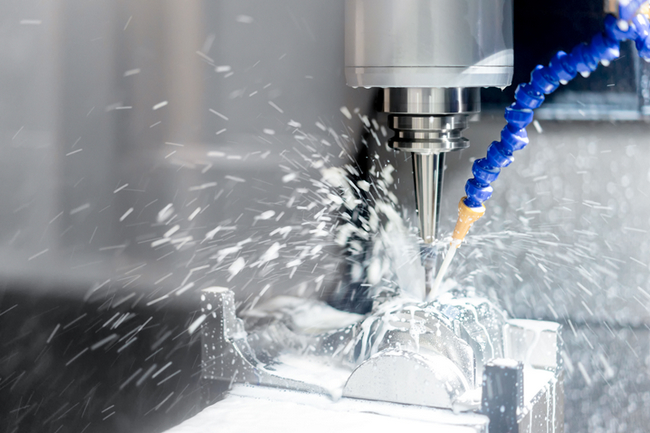In a world searching for alternatives to plastics, the market pull for Dry Molded Fiber is enormous. To effectively scale and support converters in the transition to the new technology, PulPac continuously expands the network of preferred partners and suppliers. dexter Mould Technology, specialist in designing, developing, and building high quality moulds for the thermoforming process, now becomes part of this global network of leaders supporting the Dry Molded Fiber community.
“We are excited to join this network of innovative and proficient leaders. Innovation is part of our daily work and doing business sustainably is a given. By working closely and in long-term partnerships with our customers, we know what the market needs. The packaging industry is transforming, and we strongly believe in Dry Molded Fiber as a new standard for sustainable packaging. By applying our expertise and craftmanship in mould making to this pioneering technology we can support existing and new customers in their transition to fiber-based alternatives”, says Jeroen Berns, Sales Manager at dexter Mould Technology.
Dry Molded Fiber, invented and patented by PulPac, is available to converters, brands and partners that seek to be part of the transition towards truly sustainable fiber-based packaging. Besides unmatched sustainability features the unique fiber forming technology offers unit economics competitive enough to make a viable shift from single-use plastics to fiber-based alternatives.
 dexter Mould Technology, specialist in designing, developing, and building high quality moulds for the thermoforming process, has joined PulPac’s worldwide network supporting the dry molded fiber community.
dexter Mould Technology, specialist in designing, developing, and building high quality moulds for the thermoforming process, has joined PulPac’s worldwide network supporting the dry molded fiber community.
“Converters all over the world are ready and eager to develop their business with fiber-based alternatives. dexter MT is a recognized and established toolmaker that brings world-leading knowledge, experience of high-quality mould-making and capacity to the Dry Molded Fiber network. By working together, we can scale quickly and give converters access to quality-assured production tools”, says Sanna Fager, Chief Commercial Officer at PulPac.
About dexter Mould Technology
dexter Mould Technology has been building moulds for the thermoforming industry since 1964. The word ‘dexter’ in Latin means ‘skilful’. And ever since we started working in this specialised field, craftsmanship has been the mainstay of the dexter Group. We never stop innovating, and because we work closely with the top suppliers of thermoformers, we know exactly what the market needs.
For additional information about dexter Mould Technology, please visit https://dextermt.nl or follow us on social media.
About PulPac
PulPac provides the packaging industry with a groundbreaking manufacturing technology for low-cost, high-performance fiber-based packaging and single-use products. By pioneering the technology of cellulose molding PulPac enables their customers to replace single-use plastics with a sustainable and cost competitive alternative globally.
For additional information about PulPac, please visit www.pulpac.com or follow us on social media.
About Dry Molded Fiber
Dry Molded Fiber, invented and patented by PulPac, is a manufacturing technology designed for the circular economy. It leverages globally available, affordable, and renewable cellulose fibers to produce high performance fiber-based packaging and single-use products with highly competitive unit economics. Dry Molded Fiber also saves significant amounts of valuable water resources and energy, resulting in up to 80% lower CO2 footprint compared to alternatives. The process is up to ten times as efficient as conventional fiber molding invented over 100 years ago, and the process has typical outputs that are comparable to those of the thermoforming process.